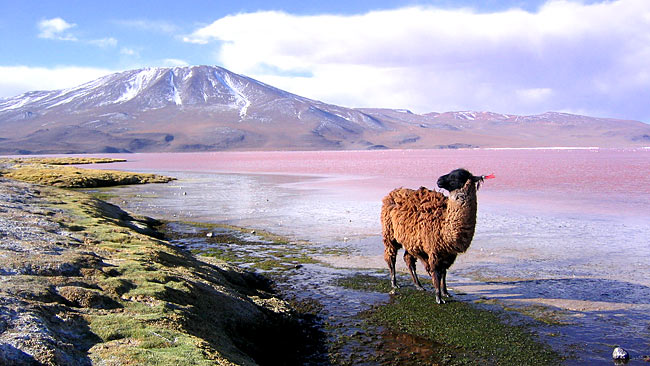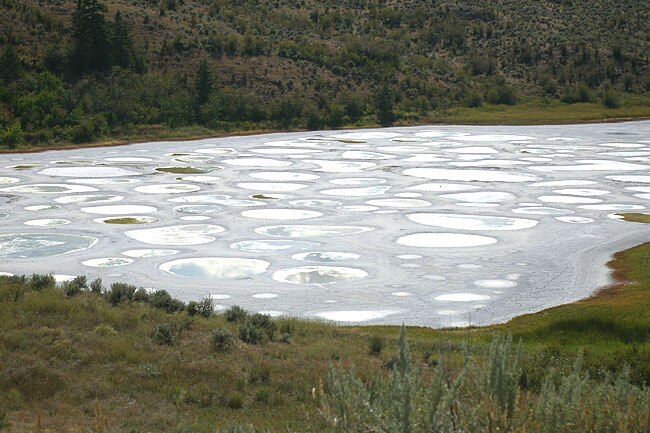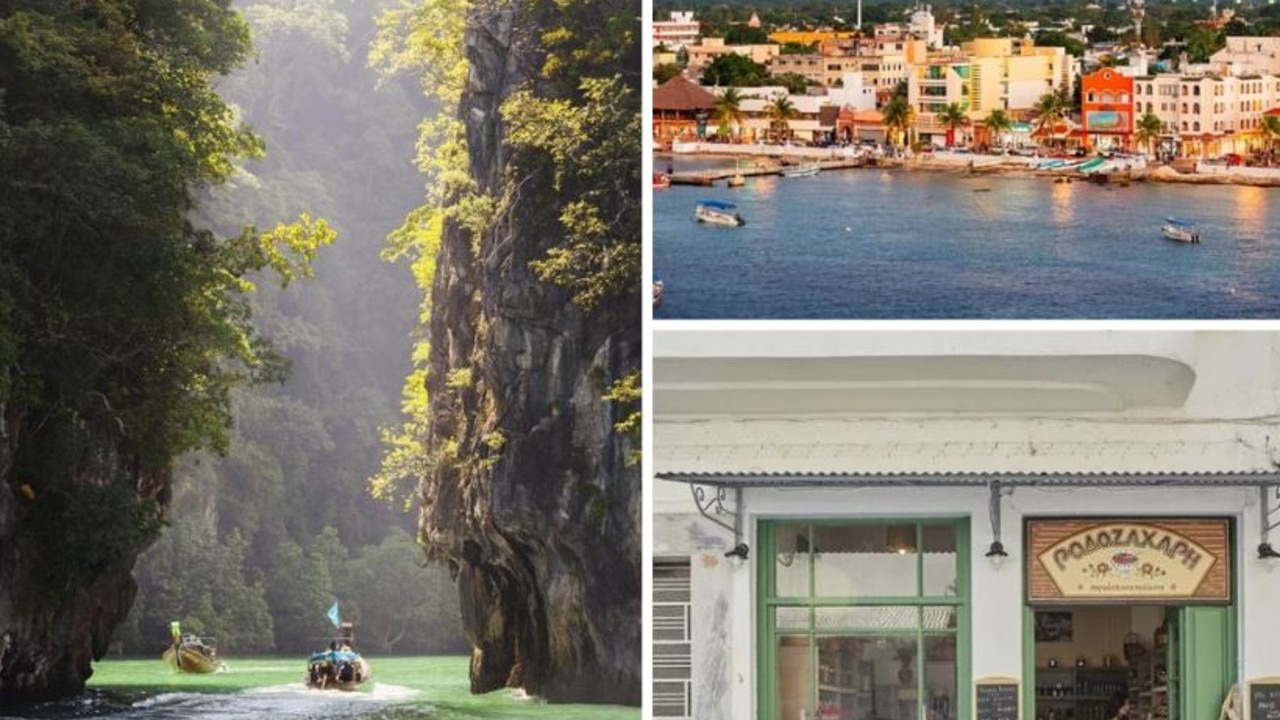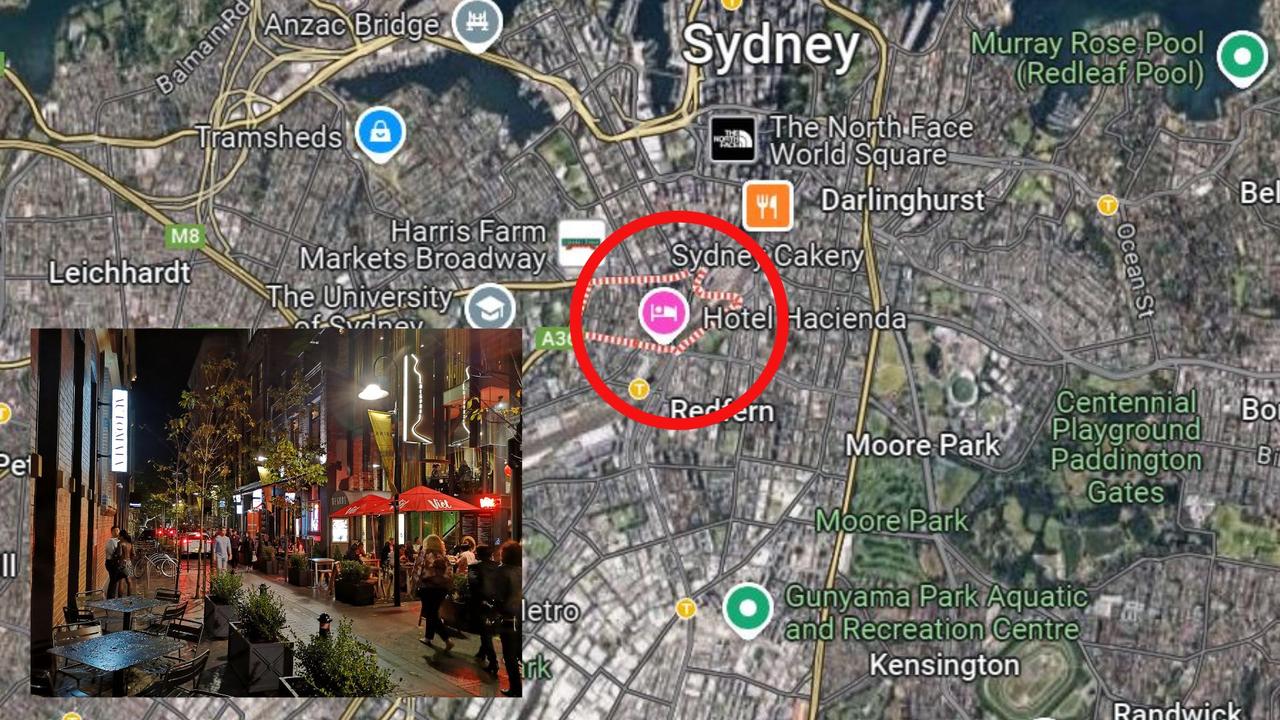South America's delights
IS it possible to experience all South America has to offer, including beautiful lakes and Inca ruins, in 21 days?

SOUTH America in 21 days - is it possible?
Probably not – it’s such a vast continent there must be compromises, but you can cover plenty of territory and be totally fascinated. And direct flights from Sydney to Buenos Aires of about 14 hours make it one of Australia’s more accessible destinations.
We settled on a trip which encompassed Argentina, Peru, Bolivia and Chile where Spanish is the universal language and it pays to study up on some of the common phrases such as la quenta por favor (the bill please).
There was plenty to look forward to – the obligatory tango dinner show in BA, spectacular Machu Picchu, a train trip across Peru, beautiful Lake Titicaca, the world’s highest city, a remote Chilean village in the Andes and a Swiss-style Argentinian city set amid deep blue lakes and snowcapped mountains.
Buenos Aires, where the locals are very proud of the main boulevard (Av 9 de Julio which is 16 lanes wide), offers an extraordinary range of experiences it would be difficult to embrace in three weeks, let alone a few days.
Nevertheless we tried, with the famous Parrillas (grill restaurants), the Bohemian district of San Telmo and its vast markets, the historical Recoleta Cemetery where a visit to Eva Peron’s vault is compulsory, and Palermo district, a foodie’s and shopping paradise.
The La Esquina Tango Dinner Show was a standout experience – but be prepared for a late night in keeping with the lateness of eating. Dining out in Buenos Aires starts from 9-10pm and is so affordable it becomes an almost guilty pleasure.
La Cabrera in Palermo Viejo, a 20-minute taxi ride from the city, is recommended for the complete experience.
The city is easy to negotiate either by local train, subway or taxis that are plentiful and cheap.
We caught the subway to San Telmo, once home to aristocrats until yellow fever scared them away, on a Sunday when the main cobblestone thoroughfare of Defensa was closed to traffic and flooded with thousands of people browsing the jampacked stalls.
Argentinians are passionate about their futbol (soccer) and the city seemed to stop for a Sunday clash between high profile rivals Boca Juniors – Diego Maradona’s old club – and River Plate.
The fans crowded into city bars to support their team, so it only seemed right to join them. Peru beckoned and our introduction came via a flight of almost five hours from BA to the bustling coastal capital of Lima, with its spectacular views of the Pacific Ocean.
It basically never rains in the city comprising 43 districts, 24 provinces, nine million people and thousands of buses, which come in all shapes and sizes.
With no railway system, the buses (colectivos) are the chief mode of transport for locals.
The standard of living varies dramatically and although staying in the modern residential suburb of Miraflores, there was soon evidence of being in a Third-World country.
There was plenty to keep us occupied during a short stay, including the San Francisco Convent, the Gold Museum
comprising one of Peru’s largest private collections of pre-Hispanic goods, the Inca markets, sampling the traditional
Peruvian cocktail Pisco Sour and a wide choice for dining.
We settled on Inka Nova, which served yummy traditional Peruvian food and the bill was about $25, including the required 10 per cent tip. Lima was our gateway to Cusco, once capital of the Inca civilisation, which lies hidden in a valley at a height of 3310m above sea level and is the main access to Machu Picchu.
Adjusting to the altitude is a key to enjoying your visit and the locals advise resting for a few hours and chewing coca leaves or sipping coca tea to give the body a chance to acclimatise.
Cusco is a thriving little city, bursting with tourists from all over the world and full of shopping and dining laneways negotiated by tiny taxis that dart here and there with incessant blaring of their horns.
There’s a huge array of eating places but our favourite was Jack’s Café for fresh, healthy fare at bargainbasement prices.
It’s a three-hour train trip through lush valleys and terraced hillsides from nearby Poroy to Machu Picchu, the Incas’ last refuge from the Spanish, which remained undiscovered until 1911 and has become one of the most visited tourist attractions in the world.
Needless to say, the place takes your breath away. If there’s one part of the adventure we were sceptical about it was a 10-hour train trip across Peru from Cusco to Puno, but it turned out to be one of the highlights.
Peru Rail treats passengers like kings on its Andean Explorer, which winds across the Altiplano (high plateau) where herds of alpacas and llamas roam and Indians in different local garb crowd the train at every stop. It’s such a fascinating trip and we were so well fed that time flashed by.
A 21/2-hour bus trip across roads full of potholes and a landscape dominated by snowcapped mountains and beautiful Lake Titicaca took us across the border to the small Bolivian port of Copacabana.
From here we readied ourselves for a hydrofoil cruise across the highest navigable lake in the world.
It was spectacular and included stops at Moon Island to inspect an Inca archeological site and picturesque Sun Island, home of the Inca stairways and sacred fountain which were believed to grant eternal youth and happiness.
The trip across this vast stretch of water took us to Huatajata where the views of the Royal Range of the Andes are breathtaking and the weather considerably cooler.
This is the home of the Limachi family, builders of the reed boats RA II and Tigris for Thor Heyerdhal’s epic expeditions, and the mystic world of the Kallawayas, natural medicine doctors and coca leaves fortune tellers.
The hospitality extended here at the Inca Utama Hotel matched the dignity of the building’s ancestors.
La Paz, capital of Bolivia, is the world’s highest city (3600m) and sits in a huge amphitheatre, which becomes a spectacular sight at night. For altitude reasons, its international airport boasts one of the longest runways in the world and aircraft are unable to depart with full tanks of fuel.
Taking off and landing wasn’t so much of a problem as a local laundromat which was closed on a Saturday morning, meaning our clothes had to be sent home in the post.
Chile awaited and the next leg took us to Puerto Varas, via Santiago and Puerto Montt. It was a full day’s travel but worth it for what was in store – two days of spectacular and inspiring scenery.
Travelling by bus and then catamaran for 21/2 hours, we reached the remote village of Puella high in the Andes where an overnight stay was a welcome refuge from the hustle and bustle of the cities.
Bus, ferry and catamaran excursions the next day took us across the border back into Argentina via Puerto Panuelo, the port of the lake-hugging city of San Carlos de Bariloche, renowned for good skiing and its many chocolate shops.
Despite the onset of spring, the temperature had dropped alarmingly, and we were treated to our first wet day of the holiday, followed by a heavy overnight snowfall. A snowstorm delayed the flight back to Buenos Aires where a weekend was the perfect way to conclude our 21-day adventure.
More Coverage
There was a further surprise in store though – flying over the Antarctic on a picture-perfect day en route to Sydney.
A perfect setting to crack the champagne and toast my wife’s birthday, and our 21-day glimpse of one large promising continent.
The writer’s trip was organised by Adventure Associates, of Sydney, including transfers to and from airports and hotels, and vouchers for booked tours.




